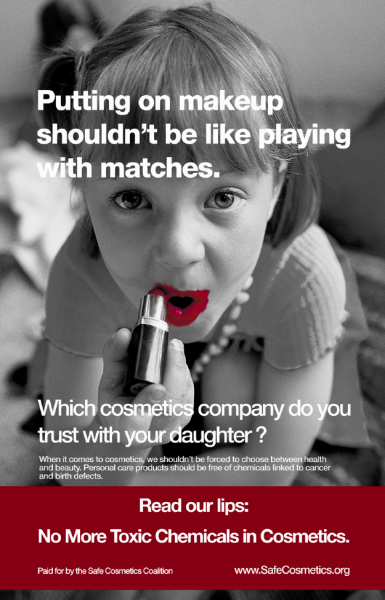Hang in there, advocates: Change takes time
by: Fernando Quintero
posted on Thursday, September 13, 2012
One of life’s most important lessons gets underscored when you’re working on public health or social justice causes (which I’ve come to realize are largely one and the same): Change can take a while.
As a trainer, I like to use case studies to show advocates how the strategic use of mass media can advance health policy goals. These stories often end with long-sought meetings with officials who have the power to change or enact the very policies advocates support.
But it ends there. No new laws or regulations are passed. The advocacy groups must continue their fight.
It is a frustrating footnote — one that, for many advocates, highlights the limits rather than successes of media advocacy. Yet these frustrations should not signal defeat. Real change can take years, or even decades, and incremental victories can be just as powerful and motivational as the Big Win.
That was the case for seat belt advocates who worked for decades before seeing progress. After winning mandated installation of seat belts in cars and trucks in the 1960s, two decades elapsed before mandatory seat belt use laws were introduced. Now they press for primary enforcement laws, which allow police to stop a driver and issue a ticket for the sole reason of not wearing a seatbelt. To date, 32 states have primary seat belt laws, saving countless lives.
Even anti-tobacco advocates — whose policy wins have been inspirational — continue battling Big Tobacco, which still aggressively markets its deadly products to young people and other vulnerable groups.
And now, after more than a decade of pushing for safer health and beauty products in the U.S., environmental health advocates are claiming a major victory.
The struggle began in 2002 when advocates created the Campaign for Safe Cosmetics with a goal of getting cosmetics companies to phase out the use of chemicals known or suspected to cause cancer, genetic mutation or reproductive harm.
The group employed many advocacy strategies to reach industry executives, including letters and demonstrations at company headquarters. These tactics successfully convinced some companies to sign or support a compact formed to capitalize on a 2003 action by the European Union that banned the use of harmful chemicals in personal care products (many companies selling such products in the United States would have to reformulate them for the European market anyway). Still, the largest companies refused to sign.

Then, in September 2004, the campaign decided to shine a spotlight on the industry’s foot-dragging by engaging the media strategically. Advocates took out a full-page ad in the New York edition of USA Today on the day a major industry conference was being held there. The advocates knew the hotel where the conference attendees would be staying and that every cosmetics executive would get a copy of USA Today delivered to her or his door.
Asking, “Which cosmetics company do you trust with your daughter?”, the provocative ad featuring a young girl playing with makeup called for leading companies to support the compact.
While more than 400 cosmetics companies have since signed on or endorsed the compact, industry leaders including Revlon, Procter & Gamble and Unilever withheld their support.
Then, less than a month ago, a New York Times article reported a good-news update to this story. The story was about Johnson & Johnson announcing plans to remove a host of potentially harmful chemicals from its products by the end of 2015, becoming the first major consumer products company to make such a widespread commitment.
Lisa Archer, the current director of the Campaign for Safe Cosmetics, was quoted as saying her group would continue to press other cosmetics and consumer goods companies to follow Johnson & Johnson.
So hang in there, health advocates. Making real change takes time.



